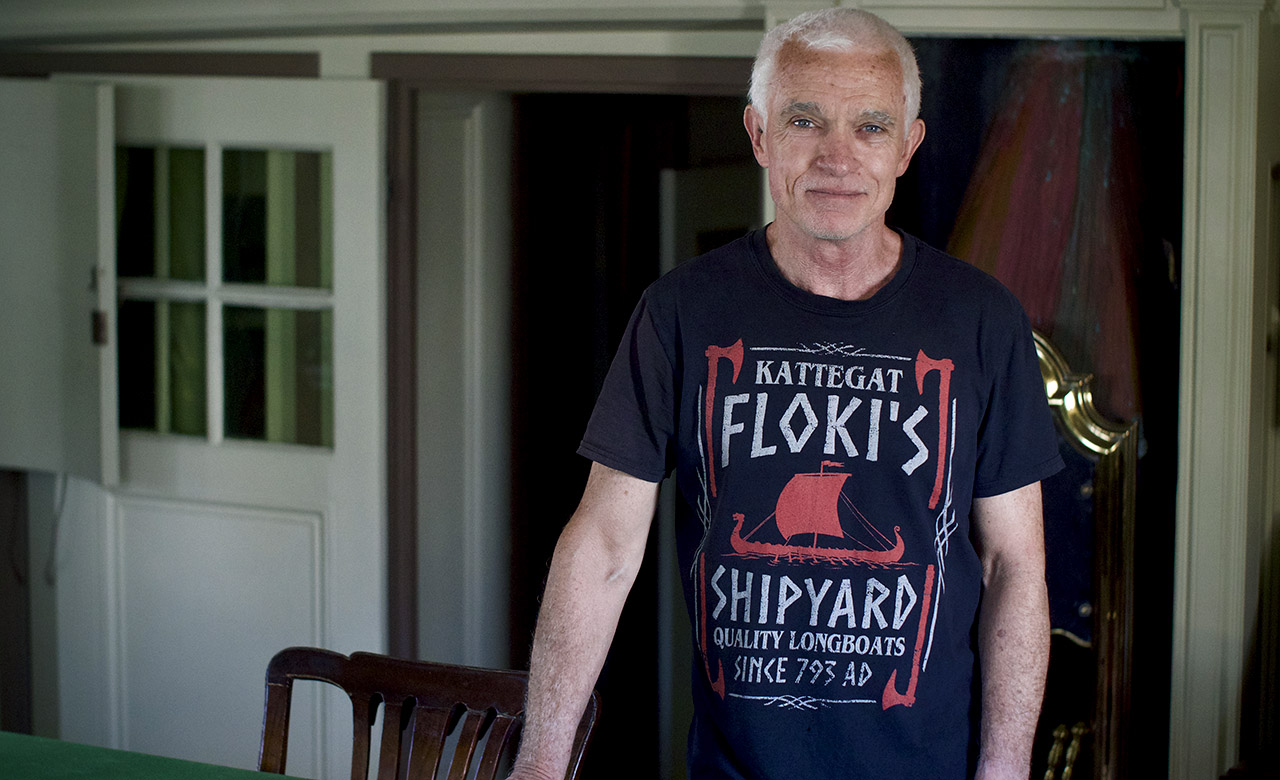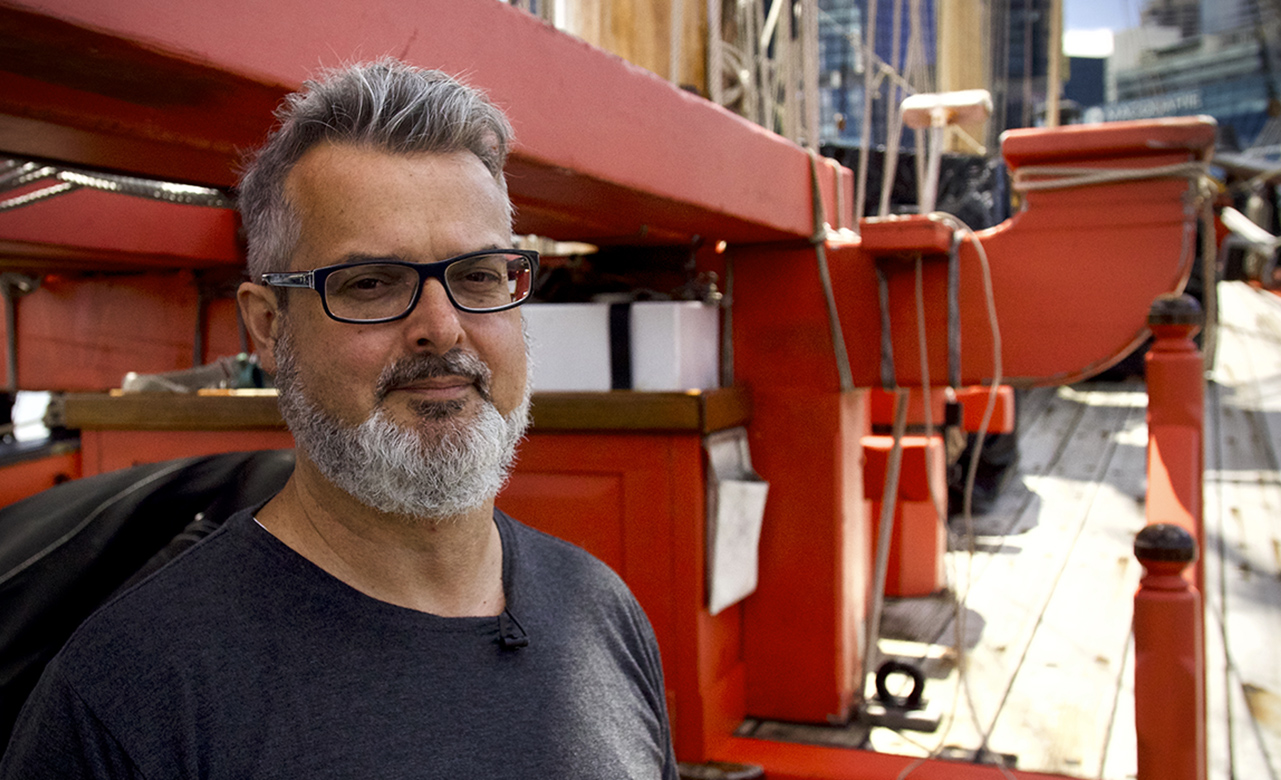James is the Curator of Naval Heritage and Archaeology at the Australian National Maritime Museum, and an Associate Lecturer in the Department of Archaeology at Flinders University in South Australia. He is also a Research Fellow at the South Australian Maritime Museum and a research associate of the non-profit organization Ships of Exploration and Discovery Research.
James received his M.A. in historical archaeology from the University of West Florida and holds a PhD in maritime archaeology from Flinders University.
James has worked as a maritime archaeologist for over two decades, spending much of that time conducting both shipwreck and maritime landscape research that encompasses a historic time span ranging from prehistory to the modern era.
Prior to working at Flinders, James was a member of the archaeological team investigating the American Civil War submarine H.L. Hunley, and a staff archaeologist with the U.S Naval History and Heritage Command's Underwater Archaeology Branch.
James has worked on various sites within the United States, Australia, New Zealand, Indonesia, Papua New Guinea, the Turks and Caicos Islands, and the Northern Mariana Islands.
Since being appointed to his role at the museum in 2015, James has participated in several notable maritime archaeology projects, including shipwreck investigations of Australia's first submarine AE1, the Second World War light cruiser HMAS Perth (I), the immigrant barque South Australian (1837), and the search for the wreck site of James Cook's HMB Endeavour.
James' current research interests focus on the development of naval vessels, infrastructure, weaponry, technologies, and tactics between the sixteenth and early twentieth centuries, with particular emphasis on experimental and/or auxiliary warships utilised by fledgling navies that operated within the waters of Australia, New Zealand, and the United States. He also has a strong interest in watercraft discard and abandonment, the role of the U.S. Navy in pirate- and slave-ship interdiction in the Atlantic Ocean and Caribbean Sea during the first half of the nineteenth century, and the suppression of blackbirding in the Pacific Islands by vessels constructed in colonial New South Wales during the 1870s.


.jpg?h=720&la=en&w=1280)
/gopr3669-copy/p6252477-copy.jpg?la=en)
